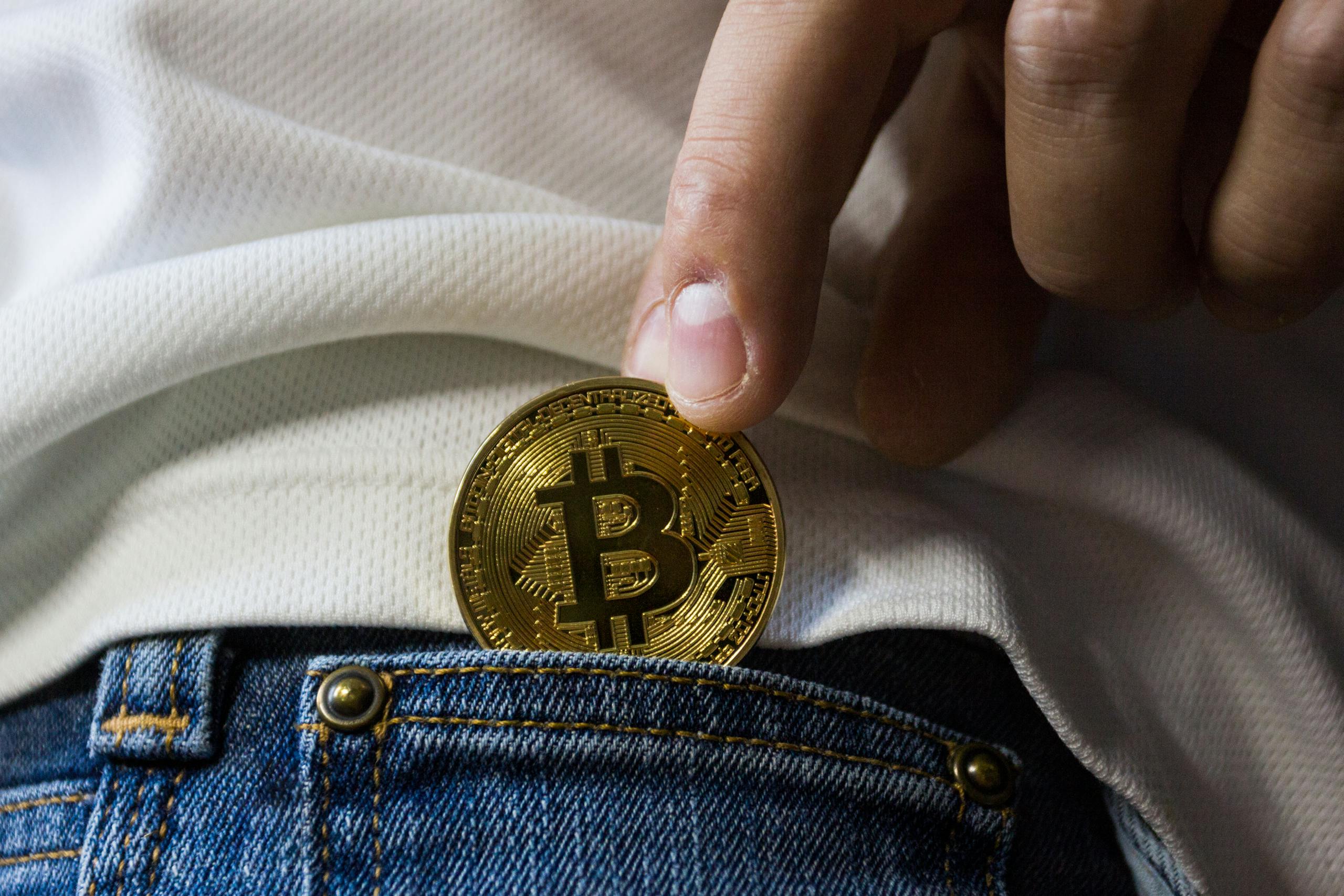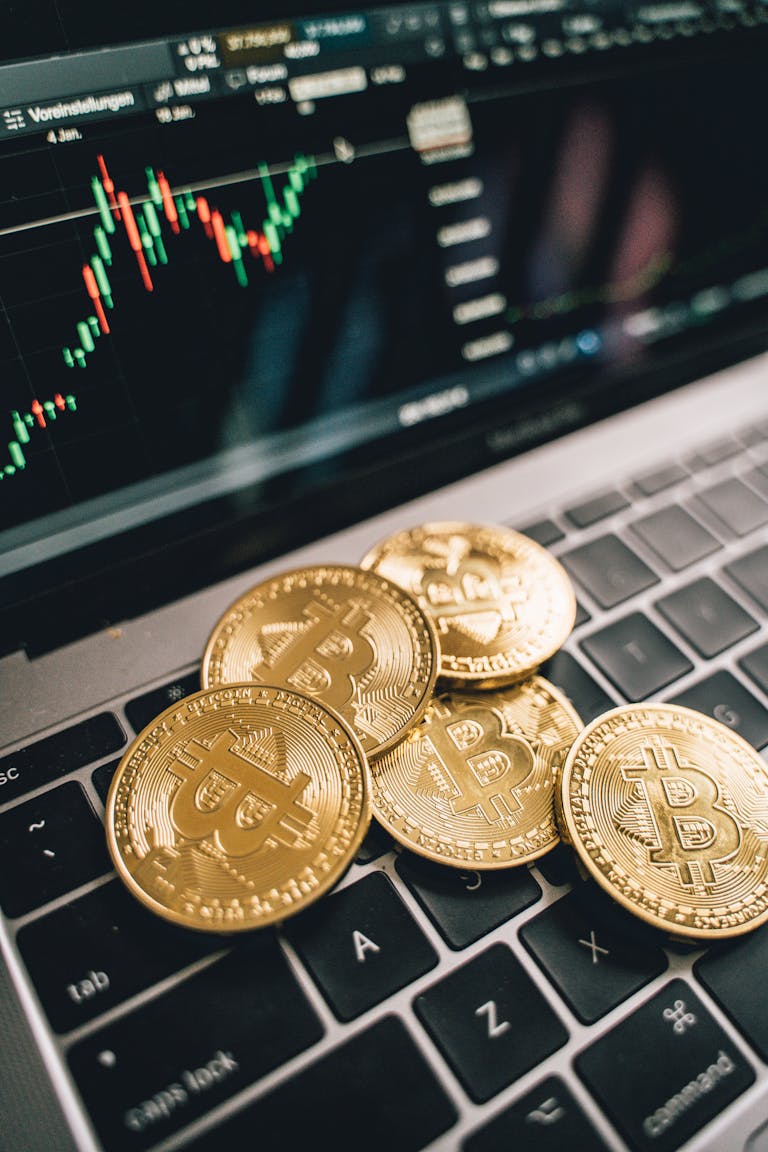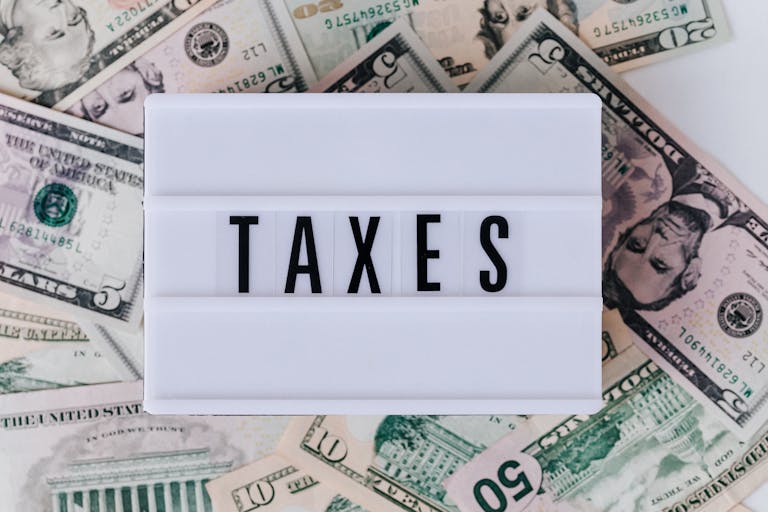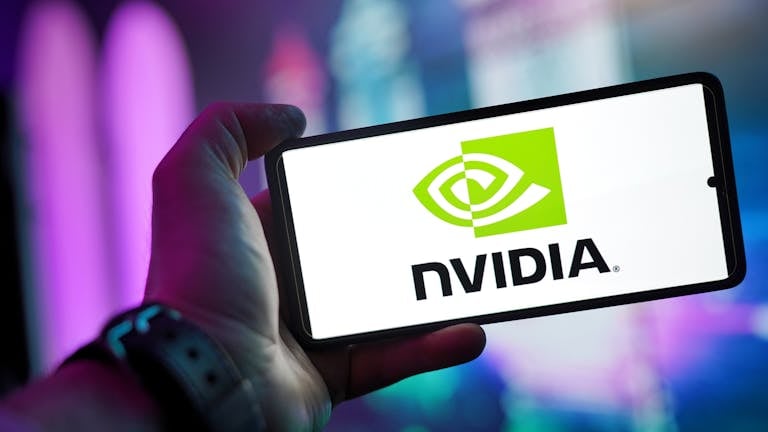What Is Bitcoin? A Brief Overview
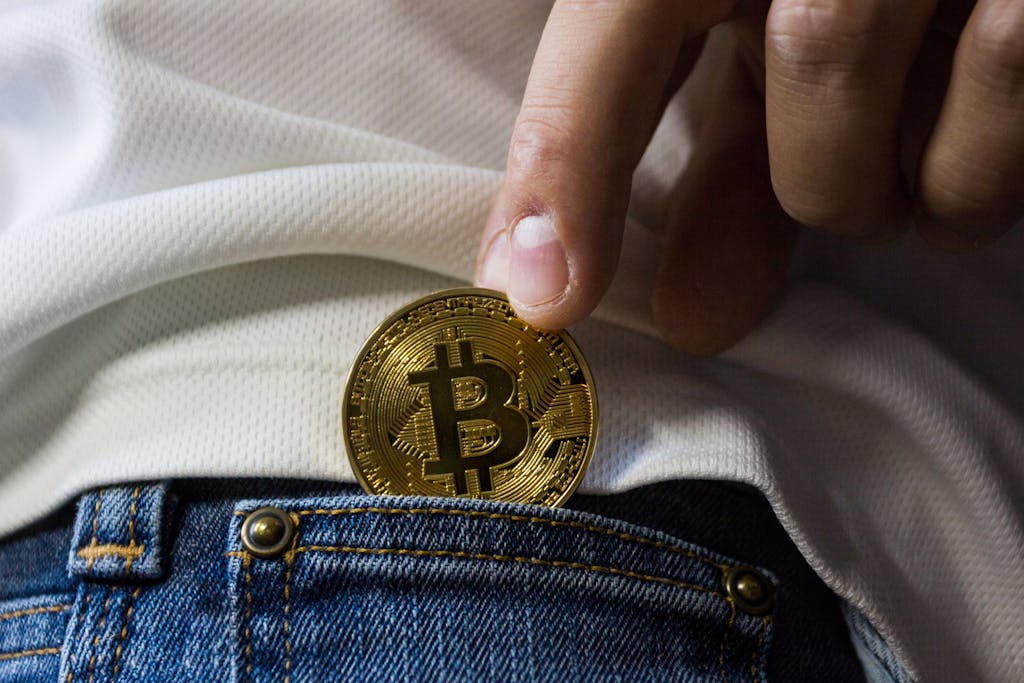
Bitcoin is a decentralized digital currency created in 2009 by an anonymous entity known as Satoshi Nakamoto. Unlike traditional money issued by governments (fiat currency), Bitcoin operates on a peer-to-peer network using blockchain technology to facilitate transactions without intermediaries like banks.
At its core, Bitcoin is:
- Finite – There will only ever be 21 million bitcoins in existence, making it scarce.
- Decentralized – No single entity controls Bitcoin; it operates on a global network of computers (nodes).
- Trustless – Transactions are verified by network participants rather than a centralized authority.
- Programmable – Bitcoin operates via smart code, ensuring transparency and security.
This unique combination of scarcity, decentralization, and transparency is what gives Bitcoin its monetary and commodity-like properties.
Why Is Bitcoin Considered a Commodity?
The U.S. Commodity Futures Trading Commission (CFTC) officially classifies Bitcoin as a commodity, similar to gold or oil. But why?
1. Scarcity and Supply Cap
Traditional commodities derive their value from their limited supply. Gold, for instance, is valuable because it’s scarce and difficult to extract. Bitcoin follows the same principle with its hard-coded 21 million coin limit. Unlike fiat money, which central banks can print at will, Bitcoin’s supply is algorithmically controlled and cannot be changed.
2. No Issuing Authority
Fiat currencies like the U.S. dollar are issued and controlled by central banks, which can manipulate supply through monetary policy. Bitcoin, on the other hand, is not issued by any government or institution—it exists purely as a result of decentralized network participation, much like a naturally occurring commodity.
3. Market-Driven Value
Bitcoin’s price is determined solely by supply and demand, just like commodities such as crude oil or copper. There is no central authority setting its price—its value is dictated by how much people are willing to pay for it.
4. Use as a Store of Value
Many investors treat Bitcoin as a digital version of gold, a hedge against inflation and economic uncertainty. Like gold, Bitcoin does not generate cash flow but is held as a store of wealth that theoretically retains value over time.
5. Trading and Futures Markets
Bitcoin is actively traded on futures markets, similar to traditional commodities. The Chicago Mercantile Exchange (CME) and other institutions offer Bitcoin futures contracts, reinforcing its classification as a commodity rather than a currency.
The Evolution of Bitcoin as an Asset
Bitcoin’s journey from an obscure whitepaper to a trillion-dollar asset class has been marked by volatility, technological advancements, and changing public perception. Here’s how Bitcoin has evolved:
1. The Early Years (2009–2013): Niche Adoption
In its infancy, Bitcoin was primarily used by tech enthusiasts and libertarians who saw its potential to disrupt the financial system. During this period:
- The first real-world Bitcoin transaction was made in 2010 when a user bought two pizzas for 10,000 BTC (now worth hundreds of millions of dollars).
- Bitcoin exchanges like Mt. Gox emerged, allowing people to trade BTC for fiat currencies.
- Many viewed Bitcoin as an experimental technology rather than a serious investment.
2. Institutional Recognition (2014–2017): Growing Credibility
By the mid-2010s, Bitcoin began gaining mainstream recognition. Events that legitimized Bitcoin included:
- The rise of cryptocurrency exchanges like Coinbase and Binance.
- Governments and financial institutions acknowledging Bitcoin’s potential.
- The launch of Bitcoin futures on CME and CBOE in 2017.
Bitcoin’s price skyrocketed to $20,000 in December 2017, fueled by speculation, only to crash in 2018. This cycle of rapid growth and sharp corrections became a defining feature of Bitcoin’s market behavior.
3. Digital Gold (2018–2021): Institutional Adoption
From 2018 onward, Bitcoin increasingly became viewed as “digital gold” rather than just an internet novelty. Major developments included:
- Hedge funds and corporations (like Tesla and MicroStrategy) adding Bitcoin to their balance sheets.
- The launch of Bitcoin ETFs in some regions.
- Institutional investors embracing Bitcoin as a hedge against inflation.
By 2021, Bitcoin’s price hit an all-time high of $69,000, cementing its reputation as a legitimate asset class.
4. Regulation and Integration (2022–Present): Maturation
As Bitcoin’s influence has grown, so has regulatory scrutiny. Governments worldwide have debated crypto regulations, leading to:
- Greater legal clarity on Bitcoin’s status as an asset.
- More adoption by major banks and fintech companies.
- The rise of Layer-2 solutions (like the Lightning Network) to improve Bitcoin’s transaction efficiency.
Despite market fluctuations, Bitcoin continues to be one of the most talked-about assets in the financial world.
Risks and Opportunities for Investors
Like any asset, Bitcoin carries both potential rewards and risks. Understanding these can help investors make informed decisions.
Opportunities:
- Hedge Against Inflation – With central banks printing money, Bitcoin’s fixed supply makes it attractive as a store of value.
- High Growth Potential – Historically, Bitcoin has outperformed traditional assets over long periods.
- Global Accessibility – Unlike stocks, Bitcoin is available to anyone with internet access.
- Decentralization – No government can control or confiscate Bitcoin holdings.
Risks:
- Volatility – Bitcoin’s price swings can be extreme, making it risky for short-term traders.
- Regulatory Uncertainty – Governments may impose stricter regulations, affecting adoption.
- Security Concerns – While Bitcoin itself is secure, investors must take precautions to protect private keys and avoid scams.
- Environmental Criticism – Bitcoin mining consumes significant energy, leading to debates about its sustainability.
Conclusion: Should You Invest in Bitcoin?
Bitcoin is not just a passing trend—it’s an evolving asset class that has fundamentally changed how we think about money and value. Its classification as a commodity aligns with its decentralized nature, finite supply, and market-driven price discovery. While Bitcoin offers unique opportunities as a store of value and hedge against inflation, investors should also be aware of its risks, particularly volatility and regulatory challenges.
If you’re considering Bitcoin as part of your investment portfolio, it’s essential to:
- Do your own research.
- Invest only what you can afford to lose.
- Consider long-term holding rather than short-term trading.
- Use secure wallets to protect your holdings.
Whether you see Bitcoin as a digital revolution or just another speculative asset, its impact on the financial world is undeniable. Understanding its fundamentals can help you navigate this rapidly changing market with confidence.

